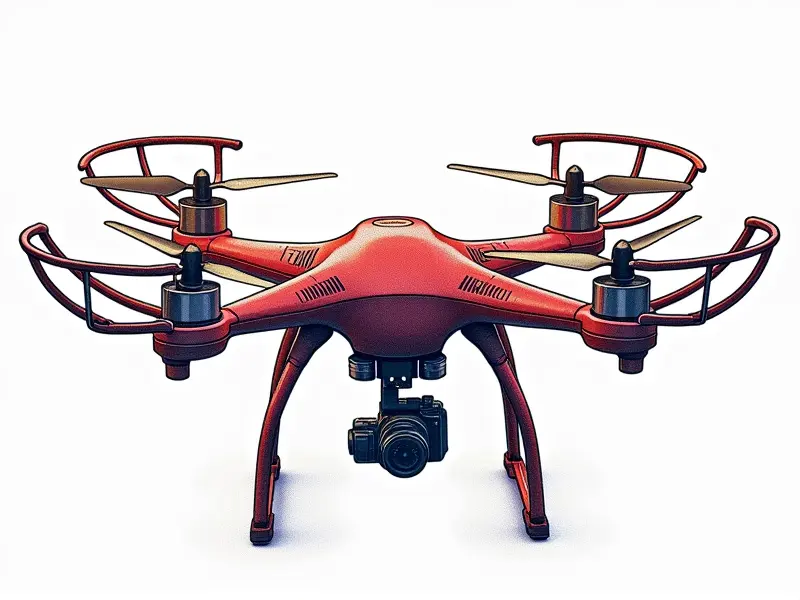Can drone autopilots be hacked?

Can Hackers Take Control of Your Drone?
The rapid advancement in drone technology has led to the development of sophisticated autopilot systems. These systems are designed to enhance flight efficiency and safety, but they also introduce new vulnerabilities that hackers can exploit. The question on many minds is whether these autopilots can be hacked by malicious actors.
Are Drone Autopilots Vulnerable to Hacks?
The answer is yes; drone autopilots are indeed vulnerable to hacks. As with any connected device, there are inherent security risks associated with the software and hardware components of these systems. Hackers can exploit weaknesses in communication protocols, firmware updates, or even remote access features.
Understanding the Threats to Drone Autopilot Security
- Communication Interception: Hackers may intercept radio signals between a drone and its controller to gain control over the device.
- Firmware Exploits: Malicious actors can inject malware into firmware updates, compromising system integrity.
- Remote Access Attacks: Unauthorized access to remote control interfaces can allow hackers to manipulate flight paths or even ground drones mid-flight.
Protecting Drone Autopilots from Cyber Attacks
To safeguard your drone autopilot system, several measures need to be implemented. Here are some key strategies:
Safeguarding Against Hacks in Drone Autopilot Tech
- Encryption and Secure Communication: Use encrypted communication channels to prevent interception of control signals.
- Firmware Updates: Regularly update firmware to patch known vulnerabilities and ensure security compliance.
- Firewalls and Intrusion Detection Systems (IDS): Deploy robust cybersecurity measures to detect and block unauthorized access attempts.
The Risks of Hacking in Drone Autopilot Systems
Hacking a drone autopilot system can lead to severe consequences. Unauthorized control over drones could result in loss of property, data breaches, or even endanger public safety through deliberate misdirection and misuse.
Securing Your Drone Against Unauthorized Access
- Password Management: Use strong passwords and two-factor authentication to prevent unauthorized access.
- Data Encryption: Encrypt sensitive data stored on the drone or transmitted during flight operations.
- Network Isolation: Operate drones in isolated networks to minimize exposure to external threats.
Ensuring Safety with Secure Drone Autopilots
The safety of autonomous drone operations is paramount. Ensuring that your autopilot system is secure helps mitigate risks and enhances overall operational reliability.
Understanding Drone Autopilot Vulnerabilities
- User Interface Weaknesses: Insecure user interfaces can be exploited to gain access or manipulate settings.
- Third-Party Integration Risks: Integrating with third-party applications can introduce additional vulnerabilities if not properly vetted.
Potential Threats to Drone Autopilot Security
The landscape of drone security threats is constantly evolving. As new technologies emerge, so do innovative ways for hackers to breach systems.
Preventing Hackers from Controlling Your Drone
- Implement Multi-Factor Authentication (MFA): Enhance login security with multiple layers of verification.
- Regular Security Audits: Conduct periodic security assessments to identify and address potential weaknesses.
- User Education: Train operators on best practices for maintaining secure operating environments.
Conclusion
The rise of autonomous drone technology brings with it new challenges in cybersecurity. Understanding the vulnerabilities inherent in drone autopilot systems is crucial to mitigating risks and ensuring safe operations. By implementing robust security measures, conducting regular audits, and educating users on best practices, we can safeguard our skies from unauthorized control.

